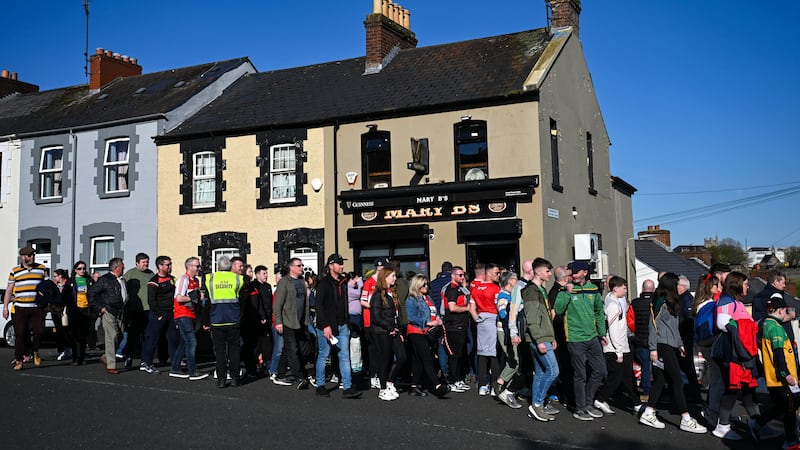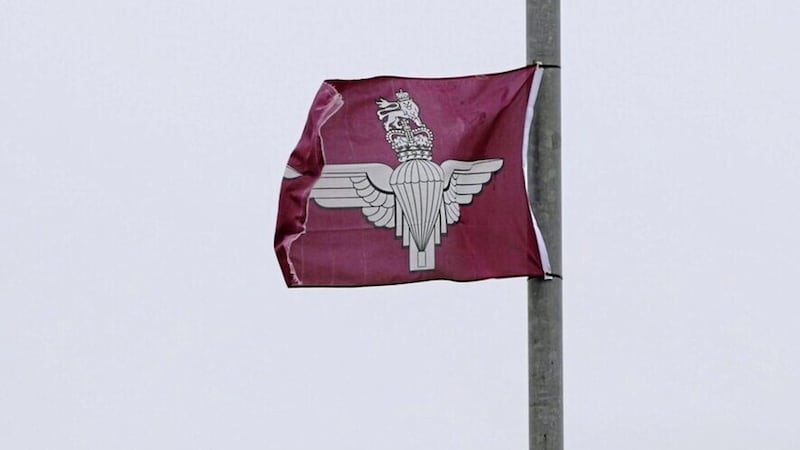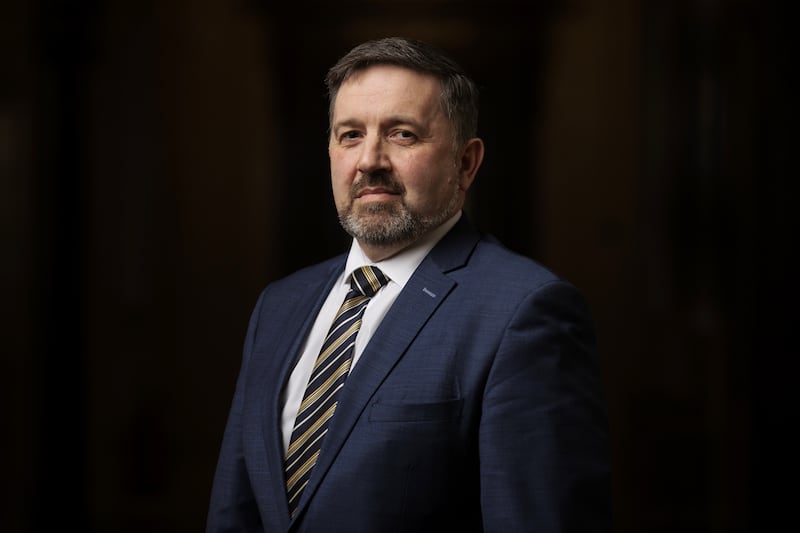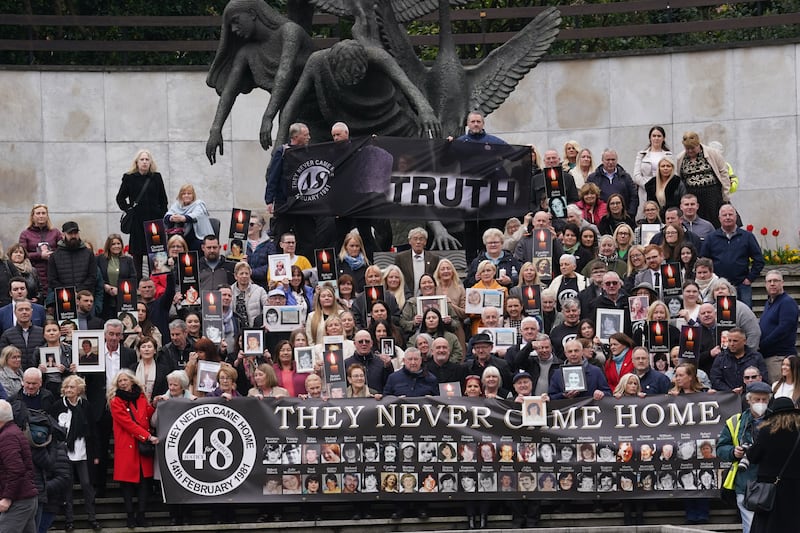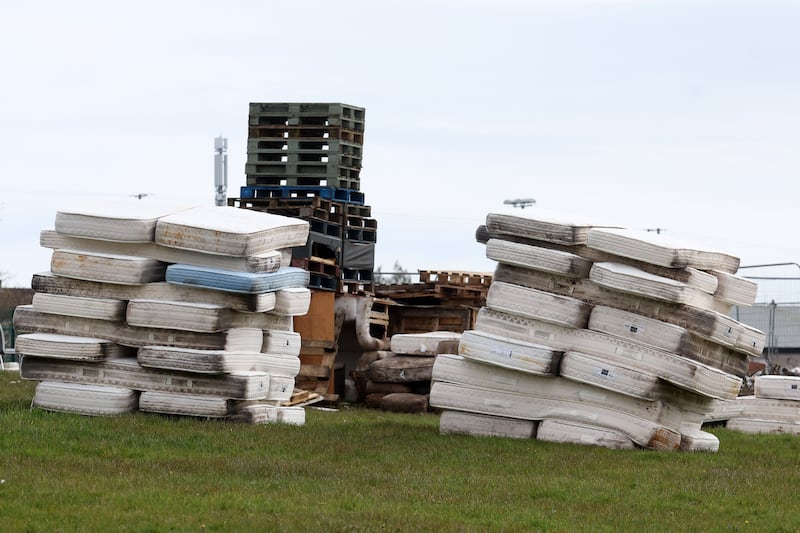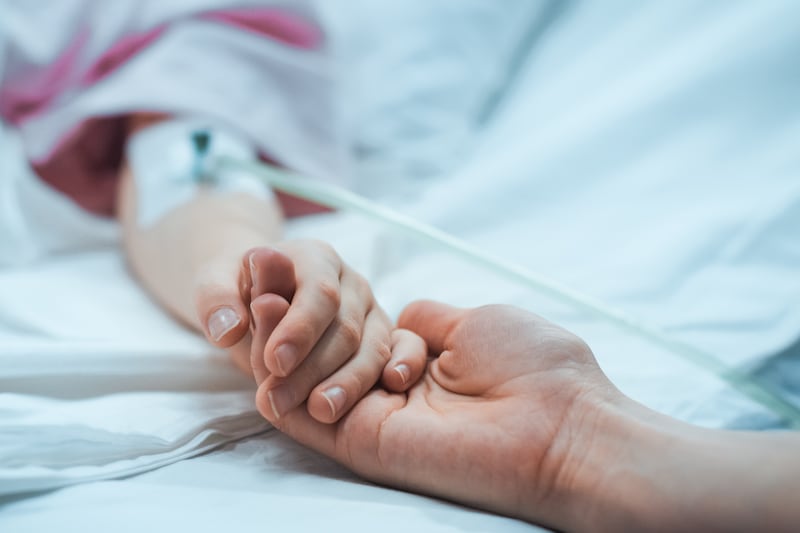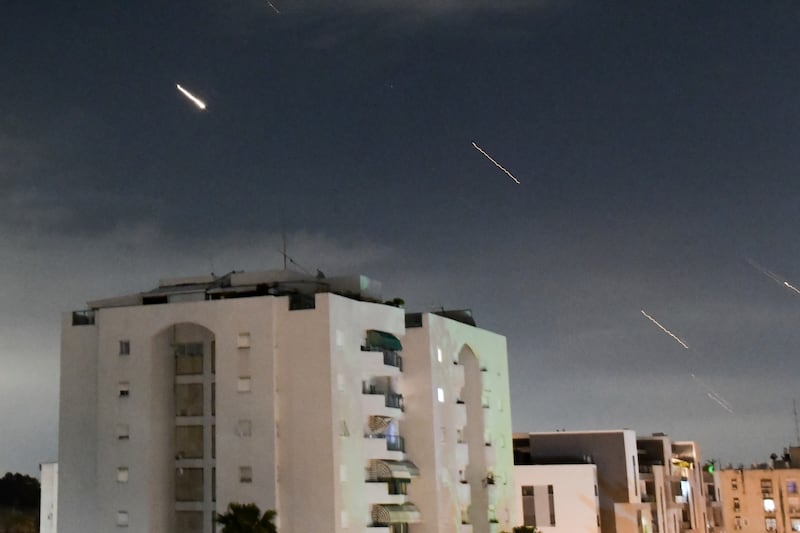There was a potentially hugely significant development this week in the campaign for the full truth about the deaths of ten people shot dead by members of the Parachute Regiment in Ballymurphy, west Belfast, in August 1971.
The remains of one victim, Joseph Murphy, who died 13 days after he was shot, was exhumed by order of the coroner and - incredibly - a bullet was found on the body.
Mr Murphy's family believe this discovery fully vindicates the version of events their father described in the aftermath of the shooting.
While in hospital, he said he had been shot twice in the leg, once in the streets of Ballymurphy and again at the Henry Taggart Memorial Hall which was being used as a barracks.
He claimed soldiers had shot him the second time through his open wound, however, there was only one entry and one exit wound, suggesting Mr Murphy had been shot once.
A pathologist who carried out a post mortem found no evidence of a bullet but an investigation by the Historical Enquiries Team (HET) discovered a surgeon had said there was a bullet lodged in Mr Murphy's body. This would support the contention he had been shot twice.
The case came back to court yesterday with coroner Brian Sherrard urging caution, saying it was too early to confirm if the object found following Tuesday's exhumation was a bullet, casing or fragment.
A report is expected with a fortnight and hopefully will provide conclusive proof to Mr Murphy's relatives.
But while the exhumation has moved the quest for truth a step closer, it is intolerable that bereaved families are having to go to such lengths to find out the full circumstances of how their loved ones died more than four decades on.
This case serves as yet another reminder that we need to find a way to deal with historical killings, a way that provides answers to victims who have already waited an unacceptable length of time.
